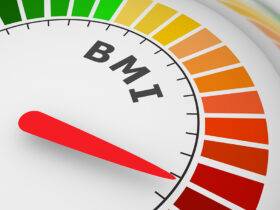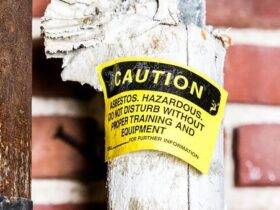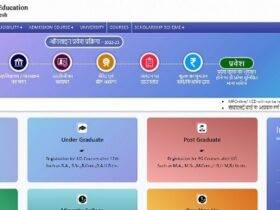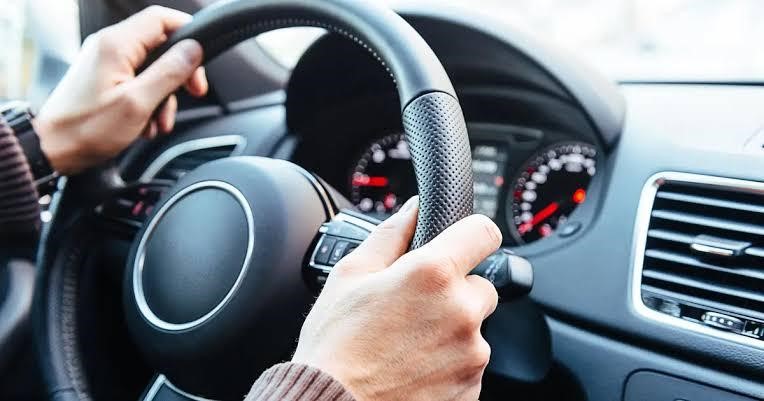Navigating the highways can be daunting, especially if you’re new behind the wheel. The bustling traffic, multiple lanes, and intricate road signs might seem overwhelming at first. However, worry not, as mastering highway driving is entirely possible with the right knowledge and skills.
This article dives into five essential tips tailored for new drivers, providing you with the confidence to handle highway driving smoothly and stress-free.
Practice Defensive Driving
Defensive driving is a reactive approach to road safety. It is necessary to anticipate that other drivers may misjudge a situation and be prepared to act accordingly. In case of an accident, know your rights. Consult an auto accident attorney to navigate insurance and legal matters.
Avoid sudden stops through keeping safe distance from the vehicle ahead of you. When changing lanes, avoid cutting off other drivers and refrain from aggressive behaviors like tailgating or rapid lane changes.
Patience and observance promote a peaceful and predictable traffic environment, reducing the risk of accidents.
Stay Aware and Focused
The highway requires your fullest attention when driving. In such a fast-paced environment, you’re always being watched. Ensure that you look on the road while scanning forward for any possible danger.
Take note of other drivers, pedestrians, and wild animals who could cross the highway. Do not daydream; avoid daydreaming or becoming lost in thought; if you focus on your work, you’re able to respond quickly and appropriately in case anything happens.
Obey Speed Limits
Speed limits are not just randomly figured out; they are carefully calculated. It takes a longer period to respond to a situation when you are driving at high speed. It exacerbates accidents, making them more severe than they would be otherwise. Observe speed limits indicated on signs and adjust to driving conditions, weather, and traffic.
Note however that for your safety and that of other people, you must comply with these limits. A safer environment is created when drivers maintain a consistent and moderate speed.
Use Turn Signals and Mirrors
On the highway, communication works effectively. Giving other drivers notice of your intentions enables them to forecast your activities which is the main purpose of signaling. Make sure you use your turn signals quite some time before planning on changing lanes or exiting the highway.
Always keep an eye out on your mirrors, especially the ones on the sides and rear. In order to avoid making sudden lane changes or other unexpected maneuvers, it is critical that you are aware of the vehicles around you.
Handle Emergency Situations
Emergencies can even occur when you have been very careful. Prepare yourself for such situations. Learn where your hazard lights are located and where emergency stop areas are along the highway. In case of a breakdown, signal your intentions and try to move to the right shoulder of the road if possible.
Have emergency supplies such as a flashlight, water, and a first aid kit in your car. Knowing how to change a flat tire can be very helpful during emergencies. The confidence and effectiveness with which you would be tackling unexpected challenges on a highway is enhanced by being ready for emergencies.






























Leave a Reply